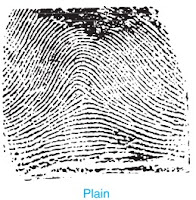Digital Forensics and it's Branches
What is Digital Forensics?
The branch of forensic science that deals with the identification, collection, preservation, analysis, and reporting of any valuable digital evidence found at the scene of the crime is called digital forensics. It is also based on Locard's principle of exchange which states that "when a person comes into contact with an object, a mutual transfer of pieces of evidence takes place".
Here, digital forensic evidence like temporary files, commands, history, deleted data, etc can be found in the computer.
Digital forensics helps the court of law in the conviction of criminals by studying digital evidence and maintaining a proper chain of custody.
Branches of Digital Forensics
Following are the branches of digital forensics:
(i) Mobile forensics
Mobile forensics is the branch of digital forensics that deals with the identification, collection, preservation, analysis, and reporting of any mobile device like a smartphone, tablet, etc found at the scene of the crime. Data like phone records, text messages, search history, location, etc can be found on such mobile devices.
(ii) Media forensics
Media forensics is the branch of digital forensics that deals with the identification, collection, preservation, analysis, and reporting of media content found on a computer device like audio, video, images, text, etc.
Media forensics uses various techniques for the analysis of media content that can reveal the history, changes made, editing, etc in the media content.
(iii) Software forensics
Software forensics is the branch of digital forensics that deals with the identification, collection, preservation, analysis, and reporting of various system and application software found on computer devices. This helps to reveal the types of services, information, etc used by the suspect to commit a crime.
(iv) Network forensics
Network forensics is the branch of digital forensics that deals with the analysis of the computer network and the traffic or data going across a network that is suspected to be involved in malicious activities. Network forensics analyzes data like file transfer, e-mails, web browsing history, and text messages.
(v) Malware forensics
Malware forensics is the branch of digital forensics that deals with the examination of malicious code, viruses, worms, spyware, etc on a computer system.



